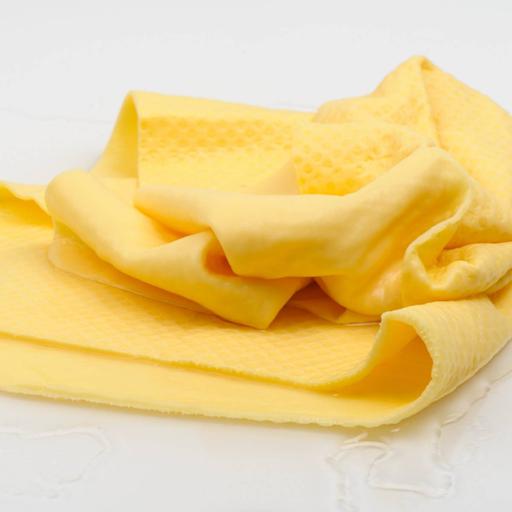Fibre Cloth
Presentations | English
Fibre is a long, thin strand or thread of material. Fabric is a cloth material made by weaving or knitting threads together. Fibres naturally occur in both plants and animals. More than half of the fibres produced are natural fibres. Natural fibres include cotton, hair, fur, silk and wool. To produce a garment, raw material is turned into fibre, that fibre is turned into yarn (or thread) and then yarn becomes fabric. Whether the material is cotton, wool, synthetic or cellulosic, the processes of transforming fibre to fabric to fashion are the intermediate stages in garment production. The fibre is a single strand from which yarn is made by spinning the threads together or passing them through spinnerets whereas a fabric is a network of single or multiple yarns. The structure is formed when yarns are weaved, knotted or knitted together. Fabrics are made from yarns, which in turn are made from fibres. Fibres are either natural or synthetic. Cotton, wool, silk and jute are some natural fibres, while nylon and polyester are some examples of synthetic fibres.

11.50
Lumens
PPTX (46 Slides)
Fibre Cloth
Presentations | English
